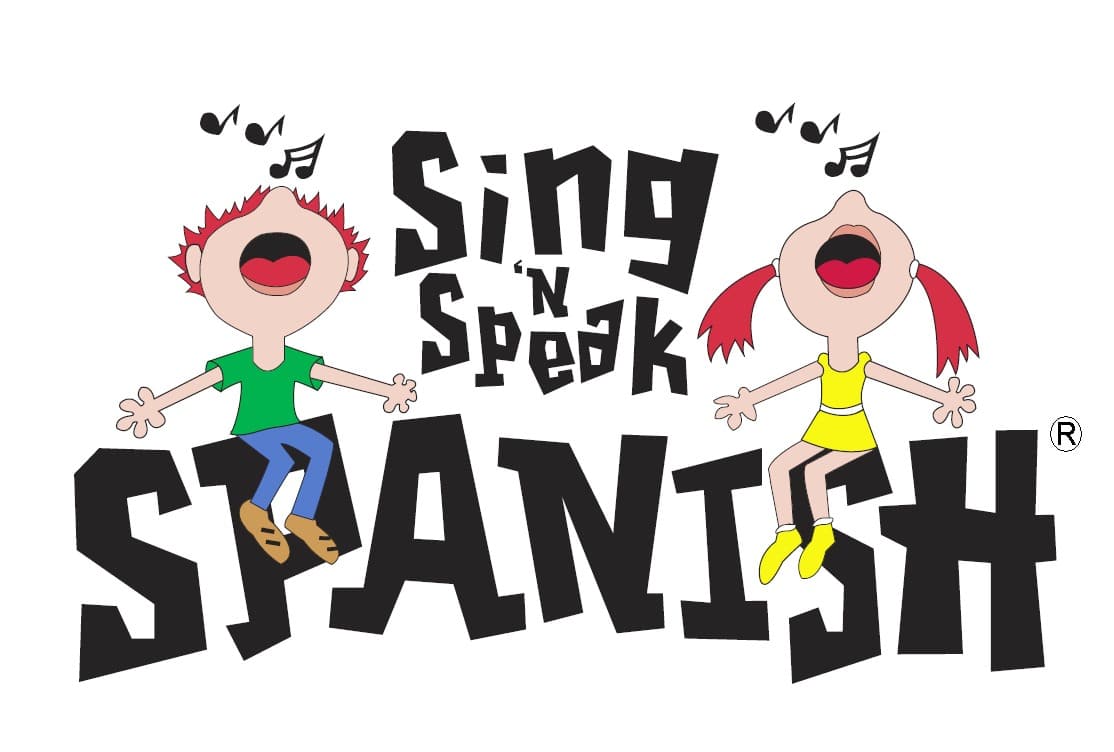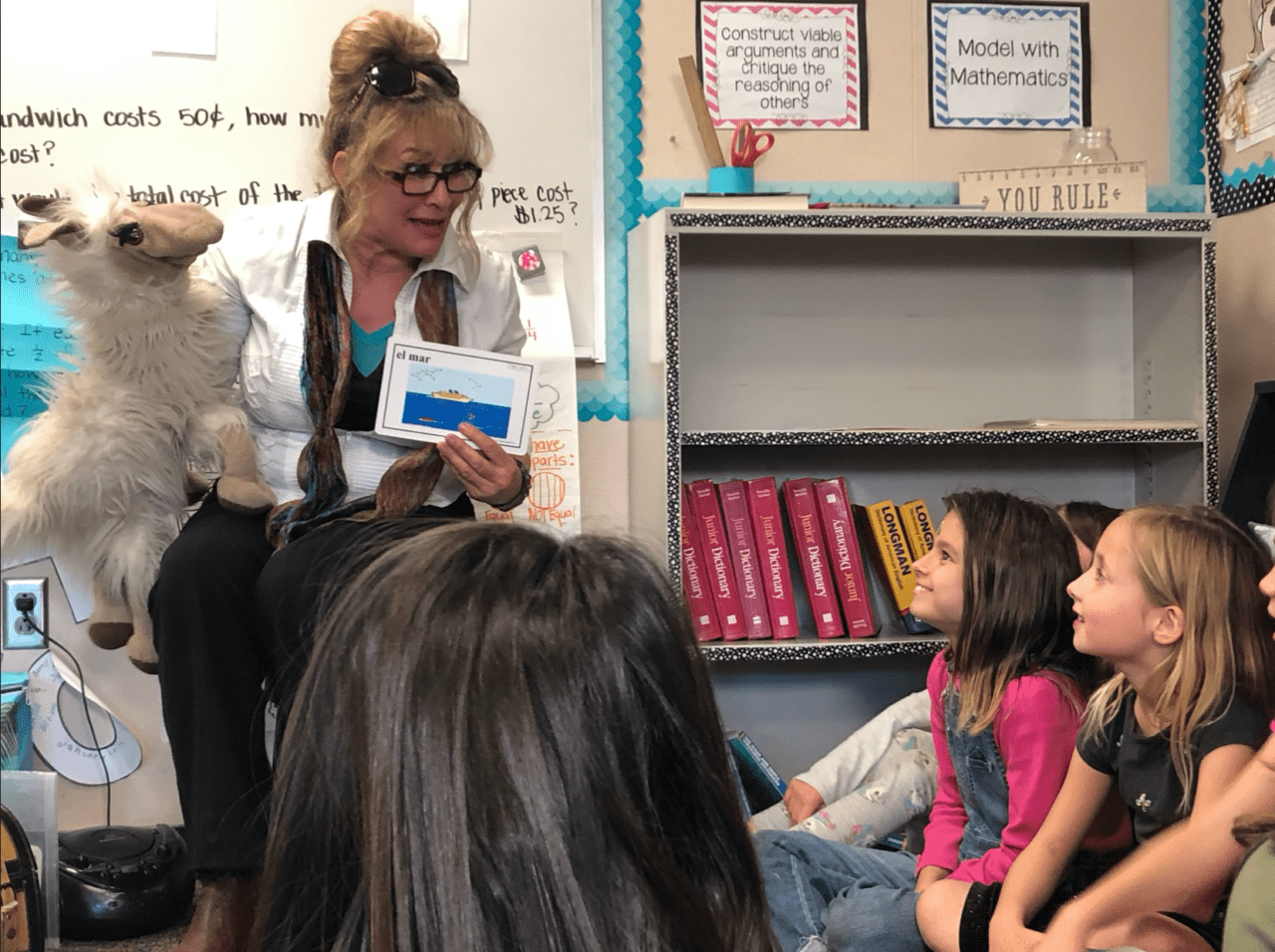You are looking for the magic recipe: fun + retainment. If learning isn’t fun, then your child won’t want to continue. And if they don’t retain anything, you won’t feel like your time and money was well spent. So let’s look at the key qualities in a strong Spanish program for kids.
Makes language learning FUN
Children learn best when they are having fun. Language learning involves a lot of repetition which can be boring. A good Spanish curriculum for homeschoolers will deliver the repetition needed with variety, drama, and humor. It should include a lot of colorful visuals aids, catchy thematic songs, movement, and many different activities and games, including stories.
Makes vocabulary sticky with songs and gestures
Learning gestures is easy. Connecting gestures with words and phrases is a powerful tool for recalling vocabulary. Look for a curriculum that uses gestures extensively to introduce vocabulary, build sentences, and teach songs using many games and activities. In the foreign language world, this is called TPR (total physical response). Thematic songs are a component of any good language program for kids. The songs need to be catchy so kids will sing them over and over which give them the repetition they need for long term retention.
A variety of speaking methods
A good curriculum for children should be highly interactive so the kids get a lot of opportunity to learn to speak Spanish. For example, the use of interactive puppetry is magical in getting children to speak. It’s harder to be embarrassed when talking to a llama. Ask about the conversation topics to see that they are matching the students interests. They like soccer? Talk about futbol. They like guitar? Talk about tocando con la guitarra.
Ask your child how their Spanish class is taught
These methods can be used by anyone including in school teachers, online Spanish Teachers, and personal Spanish tutors. But the question is if your teacher is employing these methods and lighting up their students. Relook at the curriculum and ask your child if this is what you are getting. Because now there are many more sources for Spanish learning for kids. What Spanish program for kids do you use that employ these methods?

